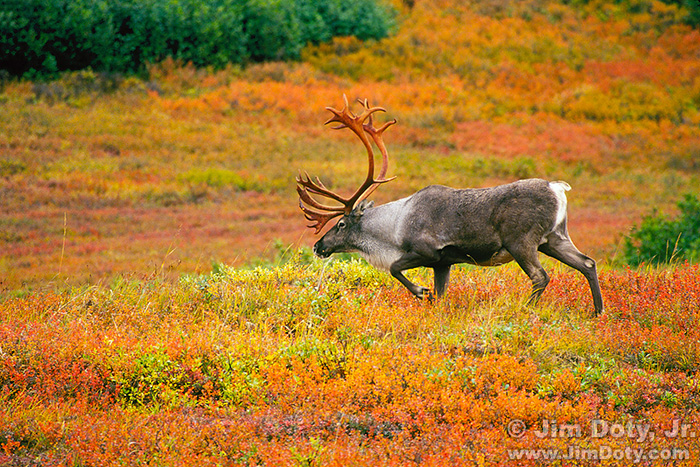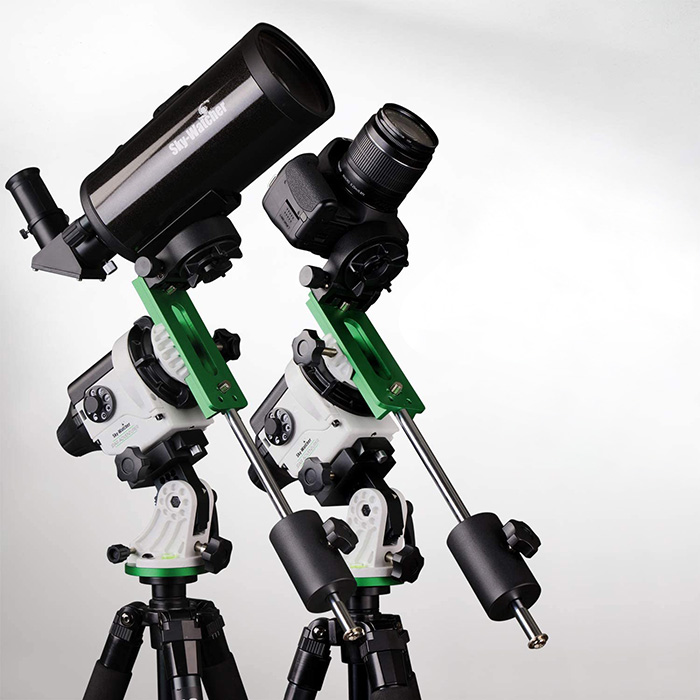
Thirty plus years go, when Mike Baroli (my favorite camera store rep) told me I “had to go” to my first photography seminar, I signed up, paid my $25 for the evening seminar and went to see Ernst Wildi. I was blown away.


Thirty plus years go, when Mike Baroli (my favorite camera store rep) told me I “had to go” to my first photography seminar, I signed up, paid my $25 for the evening seminar and went to see Ernst Wildi. I was blown away.
Can a world class, National Geographic photographer lose his passion? Yes! How does he get it back?
I finally found an excellent series of photography lessons on video to complement my book, Digital Photography Exposure for Dummies, and it is by Joel Sartore, a world class photographer for National Geographic. He does stunning photography in amazing situations all around the world. You can see some of his work in the galleries at his web site.
Photography DVDs can inspire your photography, give you new ideas, and teach you new skills and techniques. These are my favorites.
There are a lot of photography magazines out there but some are clearly better, more accurate, more useful, and with better images. The magazines that follow are, from my point of view, the best of the best photo magazines.
If you want to turn your images of flowers into true artistic expressions, this is the book for you. Fine Art Flower Photography, Creative Techniques and the Art of Observation by Tony Sweet takes you well beyond the typical flower photography guide.
I’ve been reading two excellent nature photography books by Tony Sweet. They are published by Stackpole Books. They choose first class photographers to write an excellent and ongoing series of photography books. I’ve been giving high praise to Stackpole’s photography books for years and I now have two more to add to the list.
Looking for a series of photo projects to inspire you for a full year? Tom Ang wrote a great book with 144 projects arranged by season. He also wrote an excellent companion volume arranged by topics.
Some well chosen books can make a world of difference in your digital photography. Some of the best books are about the camera side of digital photography, some are about the digital darkroom side, and some are about both. Out of hundreds of books in my photo library, I picked out the best.
If creating stunning wildlife images was easy, everyone would be doing it. Fortunately for all of us, some of the very best wildlife photographers have shared their secrets in some excellent books that will dramatically improve your wildlife photography.
The first step to photographing wildlife is finding wildlife and one of the best ways to find wildlife is to look at wildlife location books. They will save you hours of frustration by sending you to the best locations to find wildlife.
“If you want to be a better photographer stand in front of more interesting stuff!” – Jim Richardson, National Geographic photographer.
A good scenic location guide can save you hours of precious time searching for the best spots at a new location. The best scenic locations guides are written by and for photographers. Photographers are much more in tune with what other photographers want to photograph. And for each location, photographers will tell you the best season of the year and the best time of day to get the best images. Some will give you additional photography advice for each location.
Can a world class, National Geographic photographer lose his passion? Yes! How does he get it back?
How to Photograph Landscapes by Joseph Lange and Digital Landscape Photography by John and Barbara Gerlach are my favorite introductions to landscape photography.
Want to be a better nature photographer? Read anything by John Shaw, Galen Rowell, Art Wolfe, Freeman Patterson, Tim Fitzharris, George Lepp, Larry West, Arthur Morris, Allen Rokach, John Netherton, Leonard Lee Rue III, Brenda Tharp, Tony Sweet, and the Stackpole (publisher) nature series. Now for some of the “best of the best” books to look for. These are my favorites out of hundreds of photography books in my library.
More photos are taken of people than any other photographic subject. Whether your thing is casual slice of life photos, or you want to do more formal portraits, here are some excellent books to help you take memorable and eye-catching photos.
A good photography book can put you well ahead of the game, and these three essential nature photography books (plus maybe a few others) can save you years of time learning things the hard way.

Is composition something that can be taught, or is it innate? Probably a bit of both. It is hard to look at photographs by Frans Lanting, Art Wolfe, Galen Rowell, and Dewitt Jones without coming to the conclusion that they were born with some kind of innate sense of composition. On the the other hand, it is clear that photographers can improve dramatically with the right kind of guidance.
Art Wolfe is a world class photographer, and it shows in The Art of the Photograph. There are a lot of books on photographic composition (I own several, and I’ve looked through a lot more in various libraries), but this is far and away the best introduction to photographic composition I have come across. If you aren’t an experienced professional photographer, this book is an absolute must read. (I am assuming professionals already know this stuff.)
Astronomy is one of my hobbies so I get questions about telescopes. Here is some basic advice with suggestions as to places to go to get the best information.

Put a camera on a tripod and take a picture of the night sky. If the shutter speed is too long the stars begin to streak due to the rotation of the earth. A star tracker compensates for that rotation. A quality star tracker will extend your shutter speeds from seconds to several minutes so you can capture more detail in your night sky photos. A star tracker is the best way to do long exposures of the night sky without going to the time, trouble, learning curve, and high dollar expense of doing guided photography with a telescope.
A red headlamp is an essential tool for night photography. Before you rush out and buy one, make sure it has the most essential feature (other than the red LED). Some inexpensive headlamps have this feature and some very expensive ones don’t, so cost is not the issue.
Photographers are always looking for ways to soften the light when doing portraits. The light from an accessory flash can be quite harsh so there are a wide range of modifiers to soften the light for more pleasing portraits. Here are my favorites for both on-camera and off-camera flash.
If I am visiting family and friends and traveling by car, I often bring my “studio in a backpack”. I never know when I might be asked to do some portraits and having some studio gear along helps create better images (especially when natural light is not a very good option). If you want to do portraits on the road (or even at home), these items are very useful. You can order these items from Amazon via the link at the end of this article.
For the best combination of quality and price, it is hard to beat AlienBees studio lights. I’ve been using AlienBees in my studio for over 10 years, and like so many other photographers, I’ve been singing their praises. It would be hard to find the same quality for less money.
There are lots of advantages to getting your flash off the camera, and it is probably much less expensive than you think. If you already have a shoe mount speedlite and if your camera has a built in pop up flash a simple $50 optical slave (see below) is all you need to get your flash off the camera.
Michael Fulks, the publisher of Apogee Photo Magazine, wrote at an excellent review of Digital Photography Exposure for Dummies and gave the text an A++, the magazine’s highest rating. The review follows.
Twelve articles (links below) to get you started with off-camera flash. The equipment you will need and how to use it.
Getting your flash off the camera opens up a whole new world of photographic possibilities. And the really good news: the equipment is way less expensive than it used to be. If you are ready to get started, I just finished writing (or re-writing) a series of articles on off-camera flash that covers the equipment you will need and shows you how to use it.